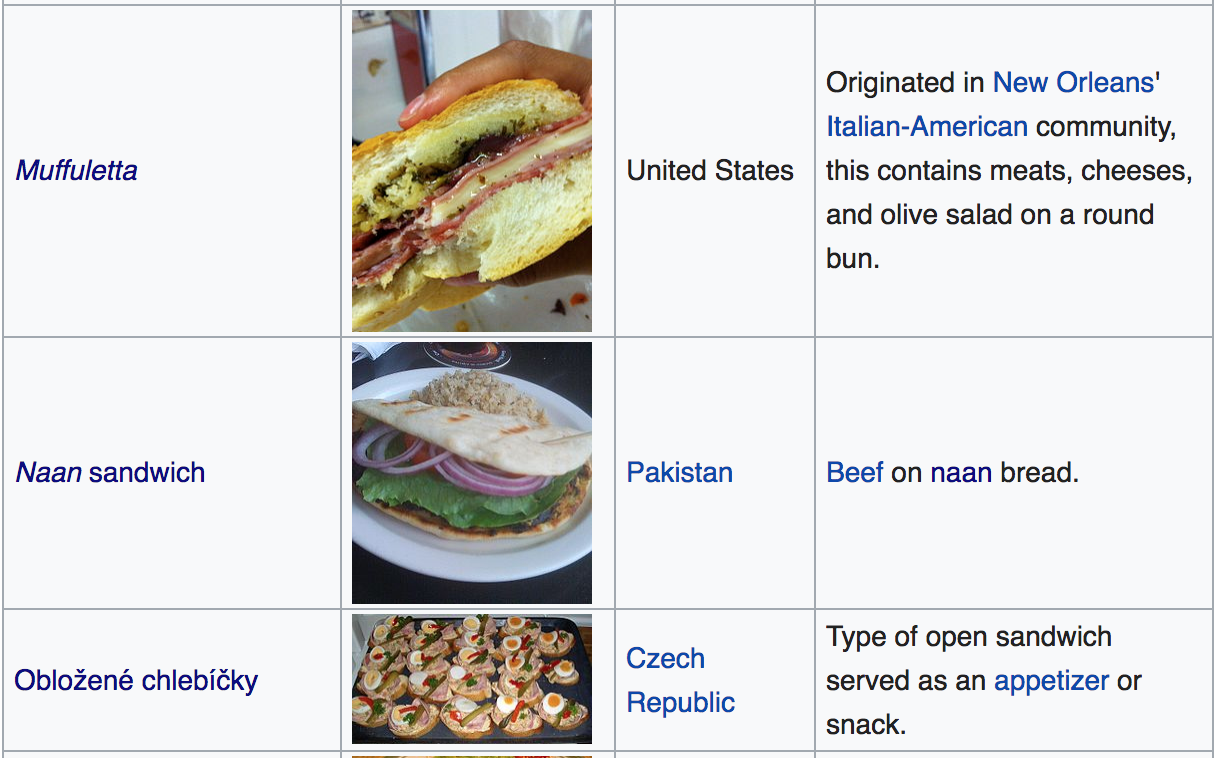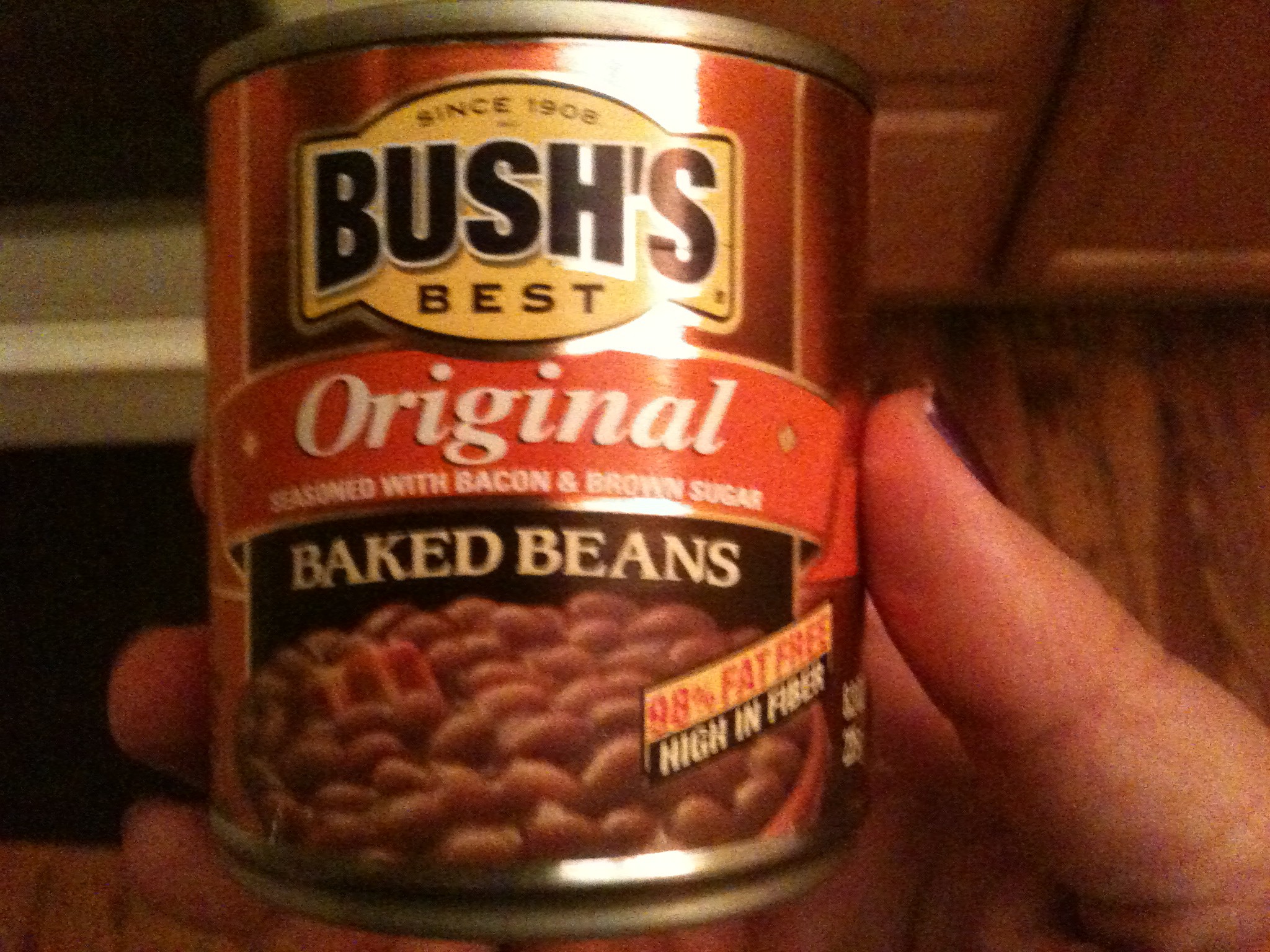Kalakukko: Finnish Fish… Pie
I hesitated when writing this title, as the direct translation of the name of this dish is a little odd. In Finnish, the word kalakukko would translate directly as “fish cock”–cock being a word used to describe a male bird of breeding age, usually a chicken, and not whatever dirty thing you were just thinking. Google and other online translators render the word “kalakukko” into English as “fish cock.” However as Atlas Obscura points out, in Karelian, a Finnic language spoken mostly in the Russian Republic of Karelia (as opposed to Finnish Karelia), “kukko” means pie or pastry.
And this dish certainly resembles a pie more than a… rooster. Mostly associated with the city of Kuopio and the province of Eastern Finland, the dish has been made since the middle ages according to oral history, and due to its lengthy cooking process and the thick, fully sealed crust, was able to be carried for days or weeks by hunters without spoiling. As of April 2024, Kalakukko has been ranked among the 5 worst European savory pies by the users of the site TasteAtlas.
Great. Let’s dig in!
Kalakukko consists of fish–traditionally small, whole fish, heads and guts removed–and bacon or pork belly, layered together and seasoned only with salt before being wrapped in a thick–but not too thick–crust of unleavened rye dough into a rough oval shape. It is sealed well and then baked hard for a brief time, removed from the heat and crushed thoroughly with melted butter, then wrapped up tight, and left to slowly cook at a lower temperature for hours or overnight. The finished Kalakukko is then removed from the heat, wrapped in towels or blankets to help it retain its heat, and allowed to slowly cool for hours or days more. The long slow cooking process, along with the plentiful pork fat and the lack of a vent for moisture to escape, is said to soften the bones of the small fish–usually vendace–into edibility. Other fish are used sometimes, and even meats, fruits, and root vegetables–but that usually changes the name of the finished product, from kalakukko to lanttukukko (rutabaga) or mustikkakukko (blueberries) or avolohikukko (salmon).
I had no luck finding vendace; however, I was heartened to read this comment on a since-deleted Reddit post asking for kalakukko making advice:
Vendace is the most common one used in kalakukko, also in Northern Savonia. Kuopio (capital of Northern Savo) is actually famous for its vendace kalakukko (muikkukukko). Version using European perch (ahvenkukko) is also popular. Old times kalakukko was very common food to make and all kinds of small fishes were used that you could fish from lakes…
In your shoes i would make my kalakukko from any neutral tasting small white fleshed fishes… Flavour and structure of the kalakukko comes from all ingredients and cooking process, so having different fish than here shouldn’t make big difference as long as fish doesn’t have some special flavour on it’s own

So I used smelts, sourced from a local fish market, which are of a similar size and shape to vendace, though perhaps just a touch bigger. For my recipe, I followed these instructions from this post on a homebrew forum that I may have been a member of back in my homebrewing days, I don’t recall. But the recipe author lives in Finland, the recipe itself seems authentic, and the instructions are detailed and clear, with plenty of accompanying photographs. The dough recipe results in a stiff rye dough, stiffer than many a pie crust I’ve rolled out in the past, shown here resting between the mixing and the rolling out.

His recipe calls for rolling the rye dough out to about a centimeter’s thickness, with the center (what will be the bottom of the finished kalakukko) slightly thicker. First I put down a layer of pearled barley to soak up excess moisture and prevent the bottom crust from becoming too soggy. Then I eventually added 4 layers each of smelts and pork belly, seasoning each layer with sea salt before adding the next.



Why pork belly instead of bacon? After watching several videos of the kalakukko making process and reading many recipes, some of which called for bacon, some of which for pork belly, I had convinced myself that the ones calling the meat “bacon” were simply translating pork belly as bacon, which often does happen. But some of my subsequent research has made me question this assumption.
The dry rye dough cracked easily, even after the rest I’d given it for hydration, but with some patient work and patches made of excess dough trimmed away when bringing the sides up around the filling, I eventually ended up with a fatty fishy football shape that I carefully maneuvered onto a parchment paper-lined baking pan.

After the initial blast in a hot oven, I coated the entire surface of the pastry shell in melted butter then wrapped the kalakukko up in multiple layers of heavy duty aluminum foil to prevent it from drying out and placed it back into the oven at lower heat for 8 hours.

After 8 hours, I removed the foil-wrapped pie from the oven, wrapped it in 2 thick towels, and let it slowly cool overnight.

When I unwrapped it the next morning, it was still warm to the touch.

My pastry was not pretty–the mending jobs I’d done with wetted bits of loose dough were quite apparent as Frankensteinian scars all over the surface of my kalakukko. But when I sliced it open, what I saw was the classic kalakukko cross-section I had expected based on the photos I’ve seen.

I am… not a fan. I like smelts well enough, especially breaded and fried, dipped in a little cocktail sauce or mild sauce. And the filling is not terrible, fishy and porky and lush though plain and underseasoned. But the rye crust was too thick, brittle when it should be strong enough to hold together yet hard and impenetrable when I wanted to bite through it, unleavened and dense, with the molasses flavor of dark rye, softened enough on the inside by the steam of the fillings to be edible, but unpleasant on the surface.

The Atlas Obscura writeup did say that it was a balancing act, the crust had to be thick enough to hold together but not so thick that it became a barrier to eating. And clearly this failure is on me. Perhaps I should have rolled it out just a touch thinner, maybe even added some additional barley to protect it from the moisture rendered by the fillings. Maybe using bacon instead of pork belly would have added just enough pizzazz to the filling to make it worth biting through the crust.

But I won’t be making it again to find out. If I ever find myself in Finland, I’ll be sure to give a well-made native kalakukko the benefit of the doubt. But as things stand, this dish was a lot of expense and effort for something that just isn’t for me, and that my family isn’t interested in helping me finish. It’s an anticlimactic end to April, I know. But May is coming, and we’ll have three new sandwiches to try starting tomorrow. Come back then!

I like sandwiches.
I like a lot of other things too but sandwiches are pretty great











Recent Comments